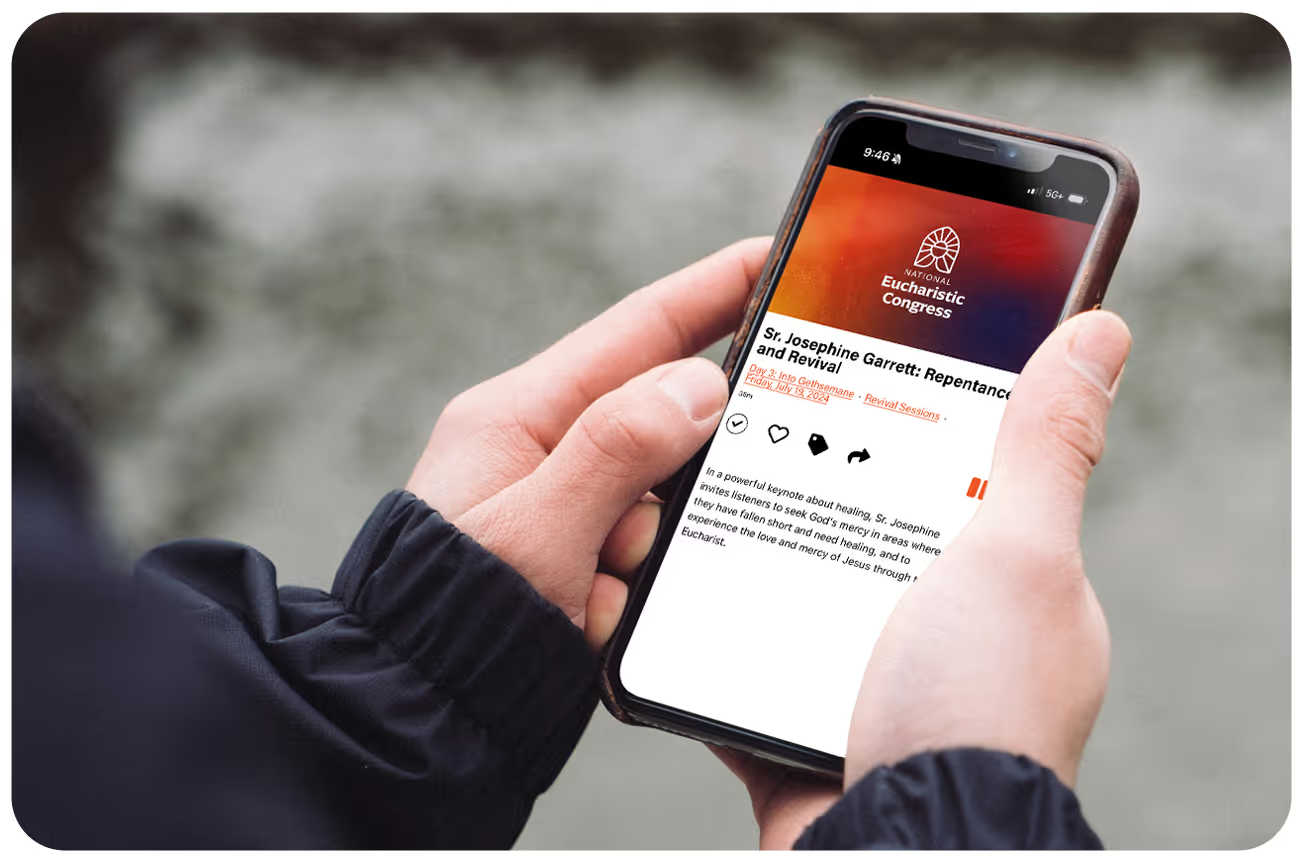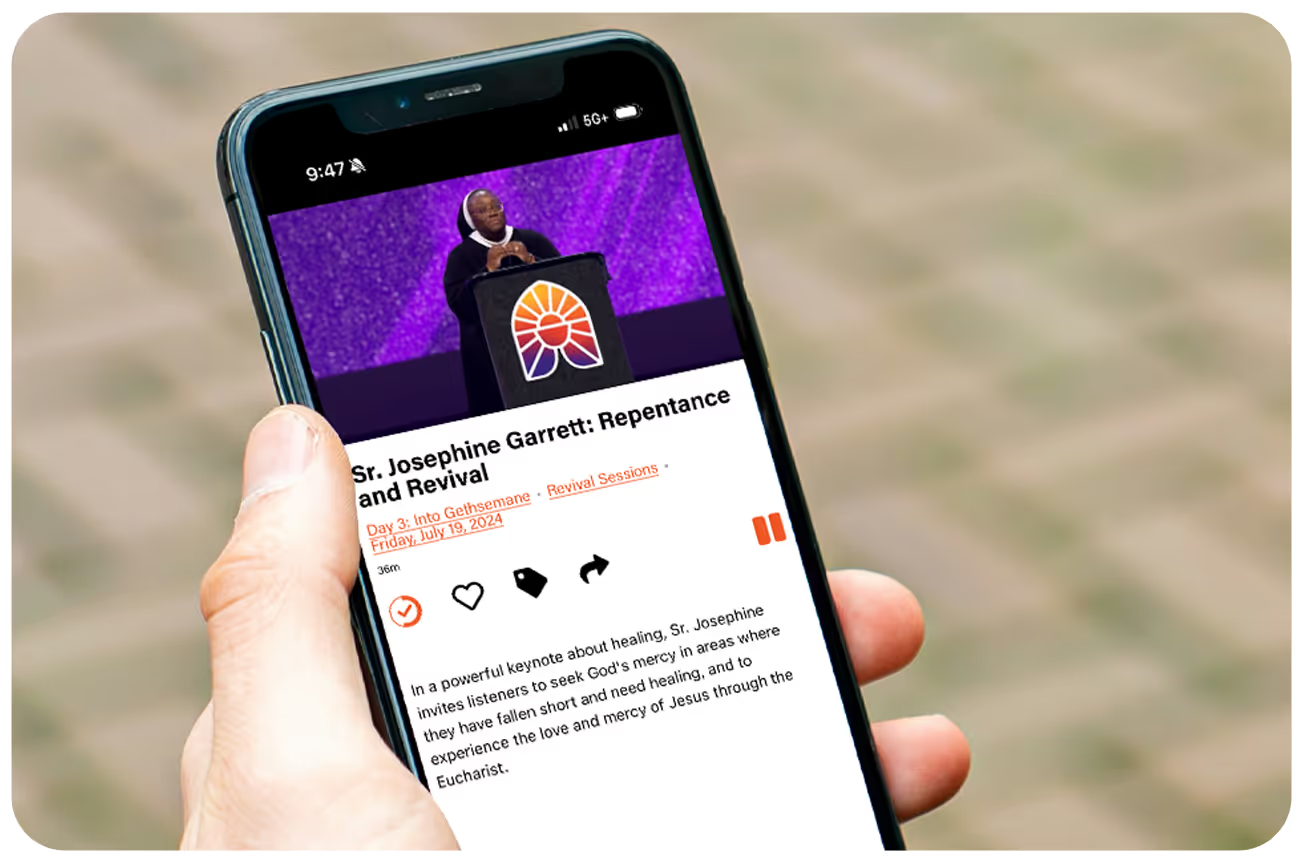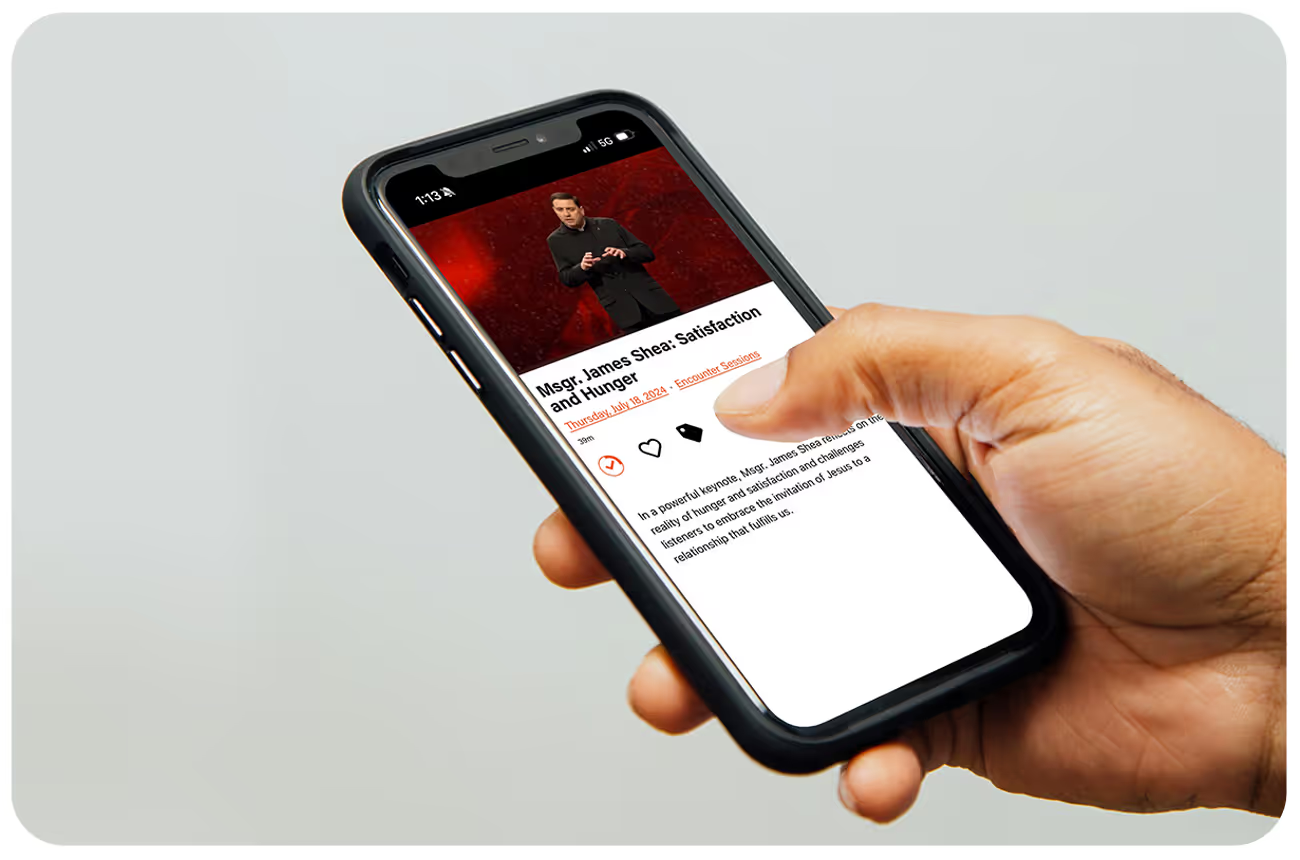
What Are White Label Apps? Costs and Benefits Explained
Article Outline:
- The drawbacks of large, third-party platforms
- What is a white label app?
- The problem with Big Tech (and the solution)
- Cost comparison of major platforms, custom apps, and white label apps
- A unique white label solution that saves your data, your profits, and your brand
- 4 tips for implementing and launching a white label app
If you’re considering switching from a third party platform, this is a must-read. By the end of this article, you’ll have a detailed understanding of the benefits of white label apps and how you can easily begin the process of making the switch and reclaiming your brand, your data, and your profits.

But Isn’t Using a Large Platform Easier?
Making money from your content online sounds easy at first: sign up with a major platform like Kindle, Vimeo, or Audible; upload your work; and wait for the profits to roll in. But behind the scenes, Big Tech takes a massive slice of the pie, profiting from your hard work while giving you only scraps in return.
If you’re a content creator or other independent brand, the “easy money” bubble bursts the moment you try to grow beyond the basics. You find yourself facing hidden fees, limited data access, and a lack of control over your brand. You begin to feel like a tenant on someone else’s property.
That’s where a white label app can change everything.
Instead of relying on Big Tech’s proprietary infrastructure, a white label solution empowers you to maintain control over your brand identity, audience relationships, and revenue channels. It’s an all-in-one approach that removes the middleman.
But how does it work, and what does it cost?
Let’s break down the essentials of white label apps—especially within the context of Over-The-Top (OTT platform) distribution—so you can regain control of your content and your bottom line.

What Is a White Label App?
Picture this: your audience searches your brand name in the Apple App Store or Google Play Store and finds a dedicated app designed just for them. It’s a powerful way to own your space and stand out. But for most creators, hiring a team of developers to build a custom app is out of reach. That’s where white label software changes the game.
A white label app lets you take a pre-built application, make it your own with your branding, and load it with your content—all at a fraction of the cost of starting from scratch. It’s a smarter, faster way to give your audience an app that’s unmistakably yours without the sky-high costs of custom development.
Key Features of White Label Apps
- Custom Branding: Use your logo, colors, and design elements to create a cohesive user experience.
- Flexible Monetization: Incorporate subscription models, pay-per-download, or ad-based revenue streams.
- Multi-Format Support: Offer content in various formats, such as EPUB files, audiobooks, and video.
- Scalability: Handle growing user bases without compromising app performance.

The Big Tech Problem: They’re Kleptomaniacs
It's not that we think Big Tech is trying to be bad—they just can't help it. Their systems are designed to take more than they give back.
If you’ve published an ebook on a major marketplace or launched an online course through a popular streaming site, you’ve dealt with the frustration of typical overhead costs. Amazon’s Kindle Direct Publishing can take between 30% and 75% of your revenue, depending on pricing tiers, file size fees, and distribution rights. Even Vimeo, which markets itself as creator-friendly, charges up to $1 per subscriber per month on its OTT platform, plus merchant fees—costs that can quickly erode profits for growing businesses.
That chunk of your profits doesn’t even account for the challenge of brand dilution.
When you rely on third-party platforms, your brand takes a backseat to theirs. Your carefully cultivated identity gets overshadowed by their logos, policies, and interfaces. People might even start to associate your content with the platform more than your brand. (e.g. “That book I found on Amazon.”) In this environment, building meaningful, long-term relationships with your audience becomes unnecessarily difficult.
These platforms also withhold valuable audience data, leaving brands in the dark about how to better serve and connect with their own customers.
A white label app disrupts this dynamic, empowering brands to:
- Retain full ownership of user data
- Keep more of their revenue
- Deliver a seamless, branded experience that prioritizes their identity
How White Label Apps Solve Big Tech Problems
Unlike major platforms, a white label app ensures:
- Data Ownership: You own and control all user interactions, enabling deeper audience insights.
- Higher Profits: Avoid steep fees and enjoy full revenue retention.
- Brand Integrity: Maintain your brand identity without competing with third-party branding.

How Much Does It Cost to Build a White Label App?
It’s crucial to understand the full picture in order to make an accurate comparison. Many creators and publishers don’t realize the financial impact of relying on major platforms like Amazon, Audible, and Vimeo, and they’re shocked to discover just how much revenue they lose to platform fees as they scale.
Let’s dive into how much each option will cost you and why a white label solution may be the most cost-effective for your business.
The High Cost of Using Major Platforms
Major platforms lure creators with the promise of easy access to massive audiences, but the fees and revenue splits add up quickly, especially as your business grows. Let’s break it down with real numbers:
- Amazon Kindle Direct Publishing (KDP) charges creators 30-65% in royalties, depending on pricing tiers and file size fees. For eBooks priced over $9.99 or under $2.99, Amazon adds on a delivery fee of $0.15 per MB.
- Here’s what that means for your business: Selling a 5MB eBook for $12.99 could generate $50,000 in sales, but after Amazon takes its 65% royalty ($32,500) and delivery fees of $0.75 per book ($2,886.84 total), your actual earnings drop to just $14,613.16. That means you lose over $35,386.84 to Amazon—nearly three-quarters of your revenue.
- Audible, through its ACX platform, takes a 75% cut for non-exclusive audiobook agreements. For a $14.95 audiobook, you’d earn only $3.74 per sale. At 10,000 sales, that’s $112,125 in revenue lost to Audible.
- Vimeo OTT charges creators up to 15% of gross revenue, plus additional merchant fees, significantly cutting into profits as subscriber bases grow.
As your sales increase, so do these platform fees, eating into the very profits that should fund your growth. The larger your success, the more Big Tech takes, leaving you with a fraction of the revenue your hard work generates.
The Cost of Building a Custom App
To avoid the rising fees of major platforms, some creators consider building their own custom app from scratch. While this approach offers total control over your content and audience, it comes with significant upfront and ongoing costs.
Even simple apps can easily cost $50,000 to build. Content delivery apps with a medium complexity run that bill up to $120,000. For advanced apps with complex features like real-time functionality, custom integrations, or extensive database management, costs can exceed $120,000 to $300,000 or more.
Additionally, ongoing hosting, content updates, and bug fixes can cost $10,000–$50,000 annually, depending on the app’s complexity. Unexpected costs, such as redesigns or updates to meet app store requirements, can add thousands more per year.
The development process can also take 12–18 months, delaying your ability to monetize your content.
For most creators, these high upfront costs and extended timelines make custom apps an impractical solution.

The Fixed-Cost Advantage of White Label Apps
White label apps offer a cost-effective middle ground between using major platforms and building a custom app. With a white label app, you leverage pre-built technology that’s customized with your branding, content, and monetization strategy—saving significant time and money while retaining control of your brand and revenue.
Why White Label Apps Make Financial Sense for Creators and Publishers
- Predictable Costs: Unlike platform fees that scale with your success, white label apps have fixed costs. Whether you’re selling $10,000 or $100,000 worth of content, your expenses stay steady.
- Faster Launch: You can have your app up and running in weeks, not years.
- Full Revenue Ownership: Keep 100% of your earnings without paying escalating platform fees.
Here’s what white label apps typically cost:
- Basic White Label Apps: Start around $10,000, including features like basic branding and content delivery.
- Mid-Tier White Label Apps: Range from $30,000 to $50,000, adding advanced features like analytics and multi-format support.
- Enterprise-Grade Apps: Begin around $50,000, providing high levels of customization, scalability for large audiences, and robust integrations.
- Ongoing Maintenance: Expect annual hosting and support costs between $5,000 and $15,000, significantly lower than maintaining a custom app.
How Annunciate’s White Label Solution Stands Out
The above costs may sound daunting, but there is a solution with a pricing structure that works for nonprofits, mission-driven brands, and growing creators.
Meet Annunciate.
Annunciate is a white label app solution that makes this technology accessible to brands of all sizes. Pricing is tailored to your unique needs, and then costs remain fixed so you can scale sustainably. And there are no surprise fees. Ever.
Our platform empowers you to take full control of your digital content strategy, ensuring:
Flexible Monetization: Choose the revenue model that works best for your business. Whether you prefer subscriptions, pay-per-download, or ad-based income, our platform supports it all.
Multi-Format Support: Distribute audiobooks, ebooks, and other digital content with ease. Our platform ensures your content looks and performs flawlessly across devices.
Data Ownership: Unlike Big Tech, Annunciate doesn’t withhold the data you need to grow your audience. Access detailed analytics to understand your audience and refine your content strategy.
User-Friendly Design: Our intuitive interfaces ensure a seamless experience for both you and your audience. No technical expertise? No problem. Annunciate’s tools keep things simple, so you can create and manage your app without advanced tech knowledge.
Brand Integrity: Your app, your rules. Annunciate’s white label solution ensures your brand remains front and center, never taking a backseat to another platform.
Annunciate’s custom app builder is tailored for brands that are ready to grow and refuse to lose any more of their revenue. If that’s you, get in touch today.

4 Implementation Tips for Launching a White Label App
Skeptical about taking the leap? Here are practical steps to guide you in setting up and maximizing your own white label solution:
1. Inventory Your Content Formats
Before you build out your custom OTT platform, assess your catalog.
- Do you already have EPUB files you want to share?
- Are you working on an audiobook distribution app concept for your next big release?
- List out your assets—ebooks, audiobooks, videos, or other files—and note any special considerations. For instance, if you have versions of the same title in different formats, decide which format best suits your target audience.
2. Choose the Right Monetization Strategy
Decide if you’ll sell individual downloads, offer monthly subscriptions, or experiment with a hybrid model. Check out our blog post “How to Generate Revenue with Your Digital Content” for more in-depth strategies, including bundling ebooks with audiobooks or providing premium membership perks. Remember, you’re not confined to a single approach. Test what resonates.
3. Curate the User Experience
Since you’re not restricted by someone else’s template, use your freedom wisely. Consider how your audience navigates from one piece of content to another. Do you want a dedicated page for new releases? How about personalized recommendations based on past downloads? You can structure your app in a way that guides users intuitively through the content, increasing engagement and sales along the way.
4. Think about Scalability
Once your white label app is up and running, you’ll likely expand your library or introduce new features. Plan for this growth early. Make sure the platform you choose can handle an evolving catalog, including additional file types like video lectures or live streams. For more on scaling your content library, check out this article on the pros and cons of app-based distribution for growing brands.
Claim Full Control of Your Brand and Profits
Annunciate offers the tools, expertise, and support you need to build a white label app that transforms your digital content strategy.
Ready to see how Annunciate can empower your brand? Get in touch.


